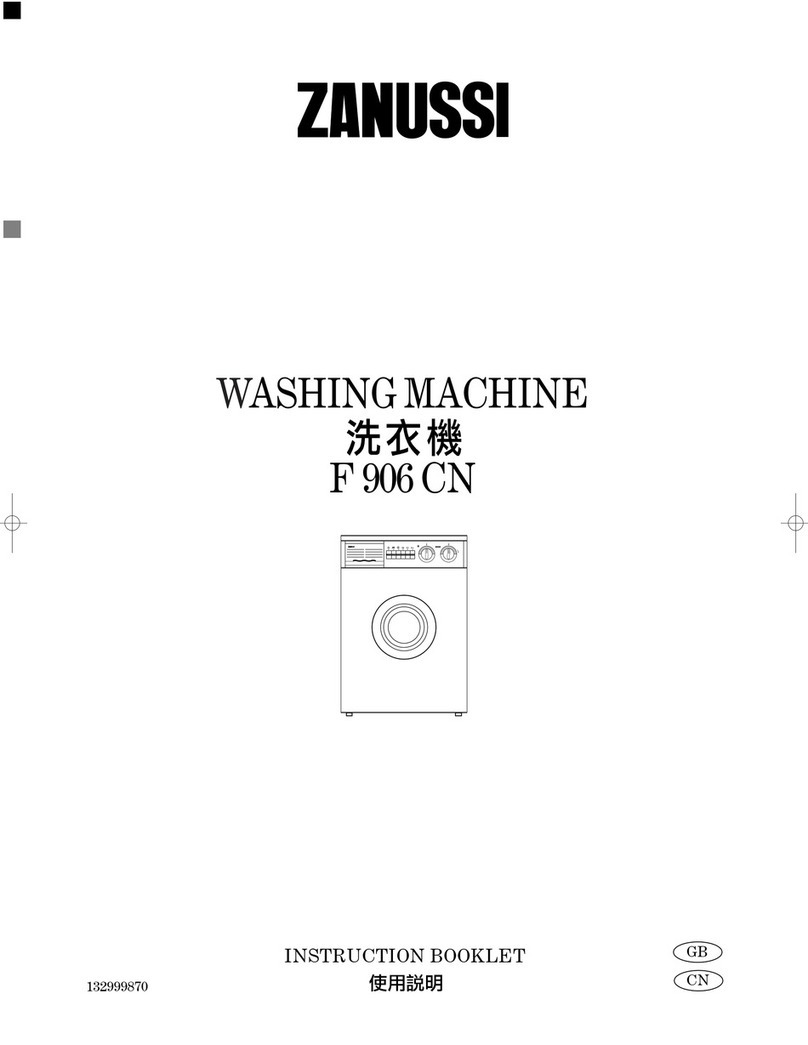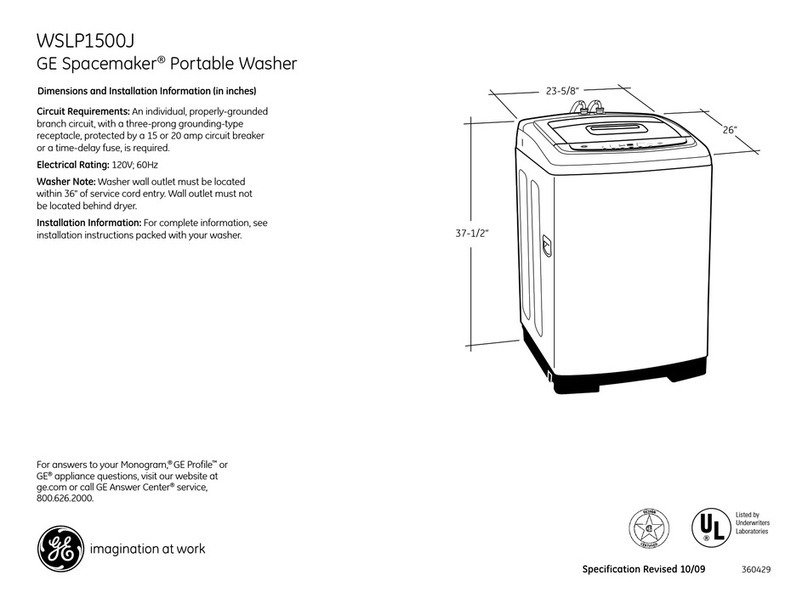Zanussi ZF 623 User manual
Other Zanussi Washer manuals

Zanussi
Zanussi ZWH3105 User manual
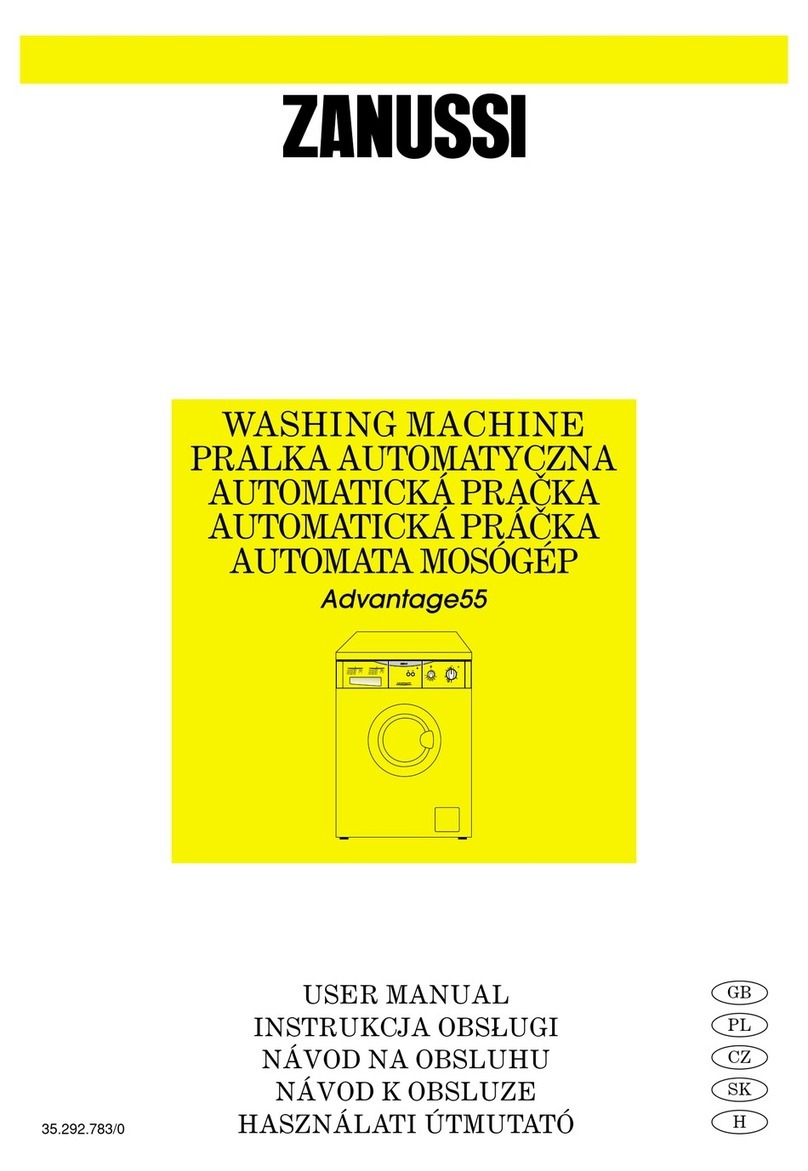
Zanussi
Zanussi ADVANTAGE55 User manual
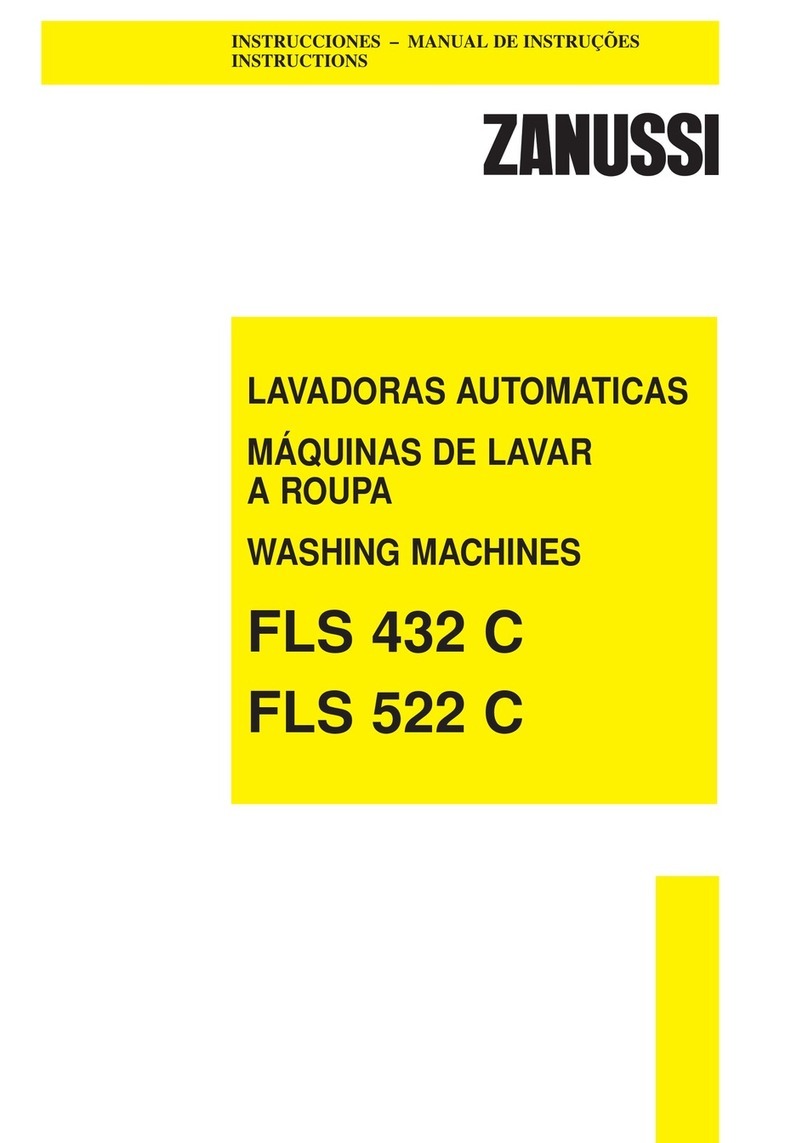
Zanussi
Zanussi FLS 522 C User manual

Zanussi
Zanussi FCS 720C Product guide

Zanussi
Zanussi DL4 Assembly instructions

Zanussi
Zanussi ZWG 6120 K User manual

Zanussi
Zanussi ZWH 5105 User manual

Zanussi
Zanussi ZWN 1220 W User manual

Zanussi
Zanussi ZWG 3142 User manual

Zanussi
Zanussi ZWH 7162 J User manual

Zanussi
Zanussi FL1001 User manual
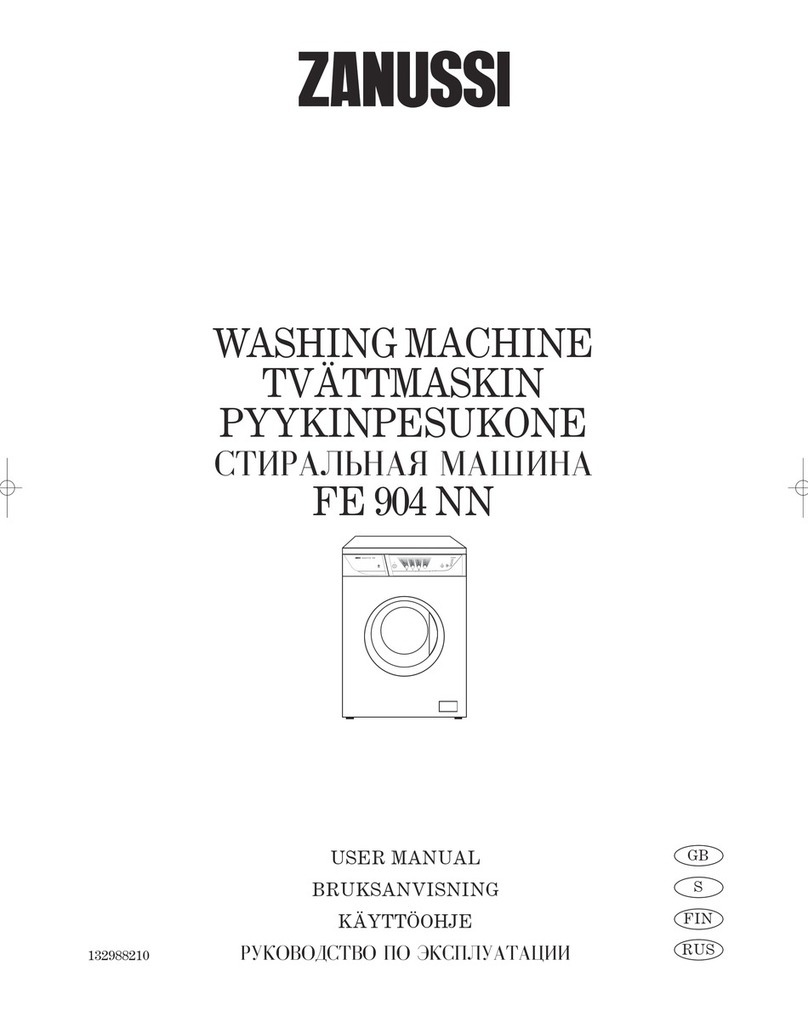
Zanussi
Zanussi FE 904 NN User manual

Zanussi
Zanussi Aquacycle 500 User manual

Zanussi
Zanussi ZWF943A2DG User manual

Zanussi
Zanussi ZWF 01486ZS User manual

Zanussi
Zanussi ZT 102 User manual
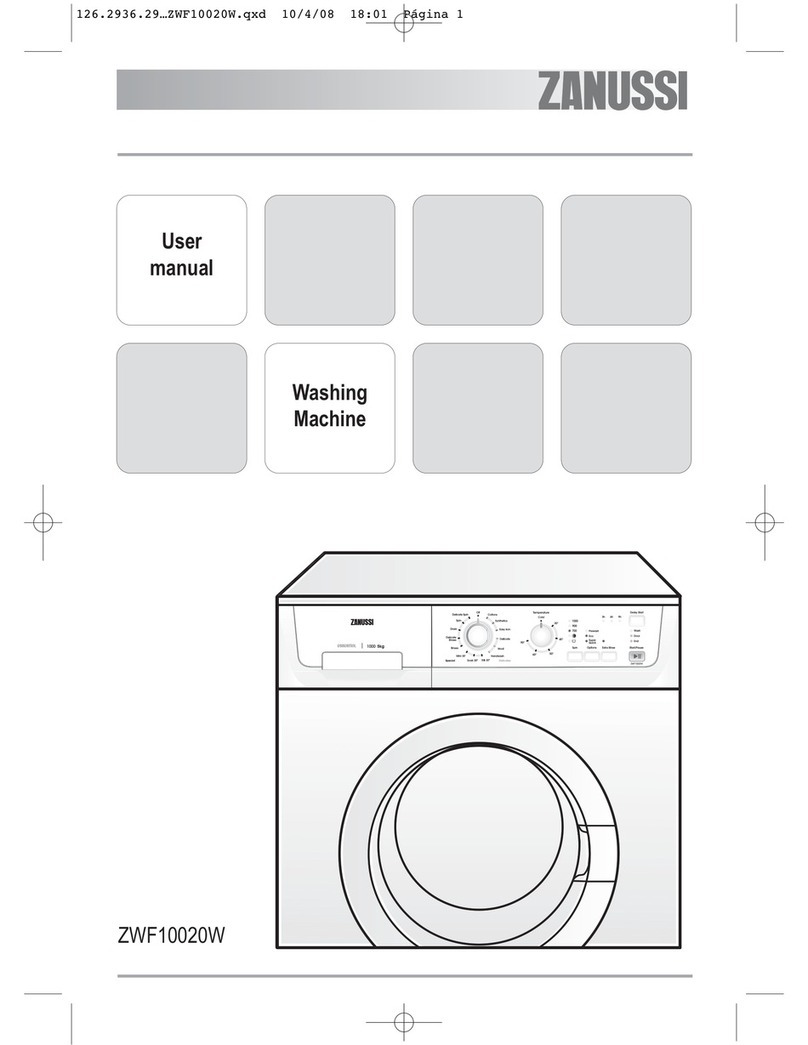
Zanussi
Zanussi ZWF 10020W User manual
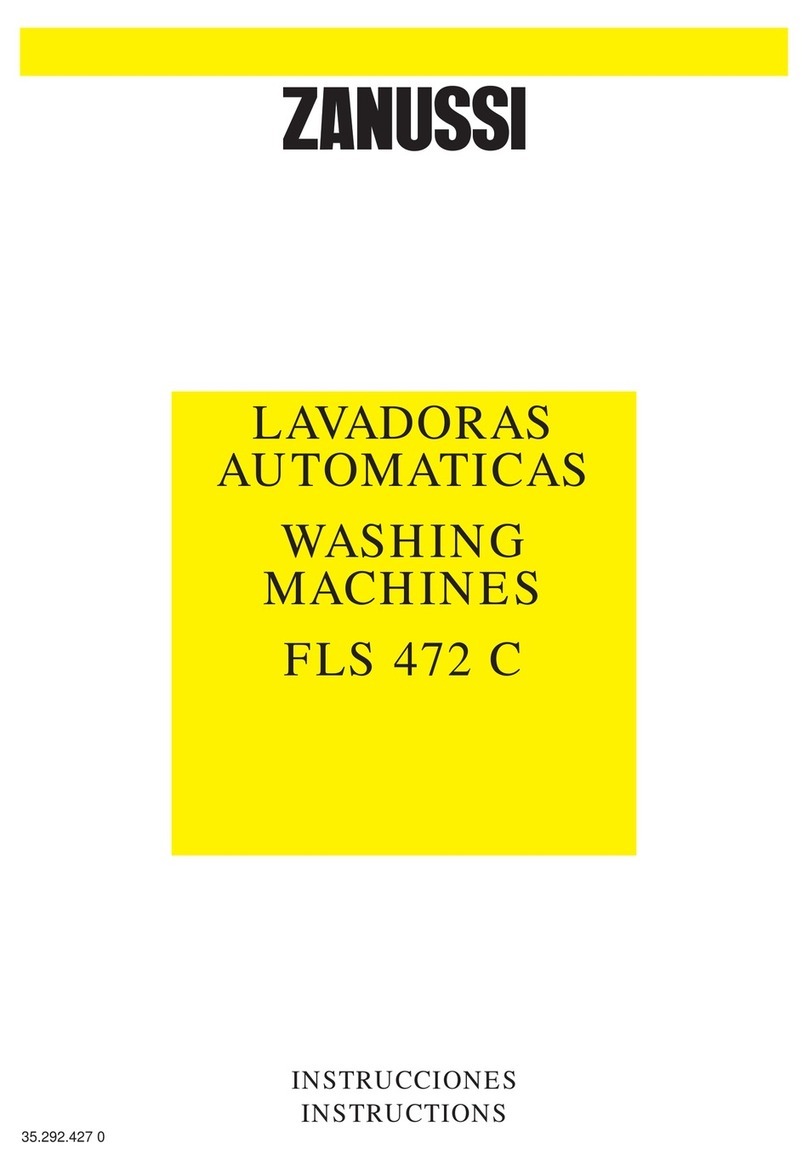
Zanussi
Zanussi FLS472C User manual

Zanussi
Zanussi ZWF 1210W User manual
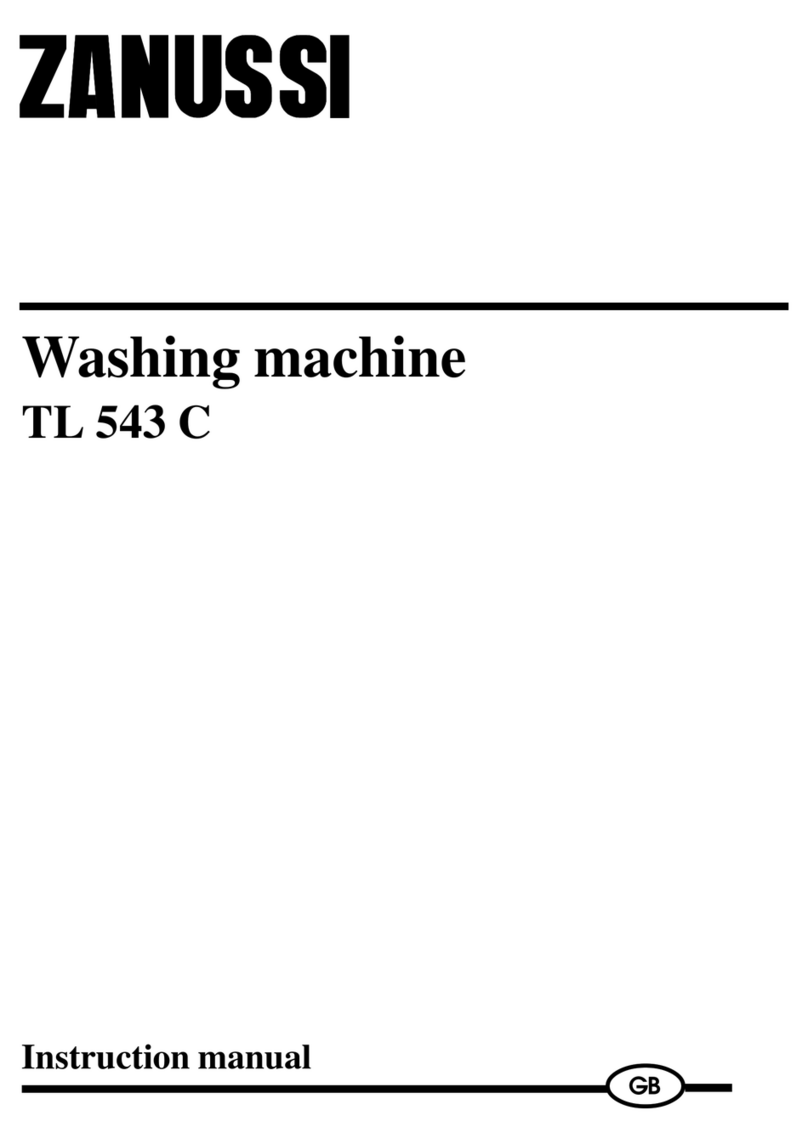
Zanussi
Zanussi TL543C User manual

